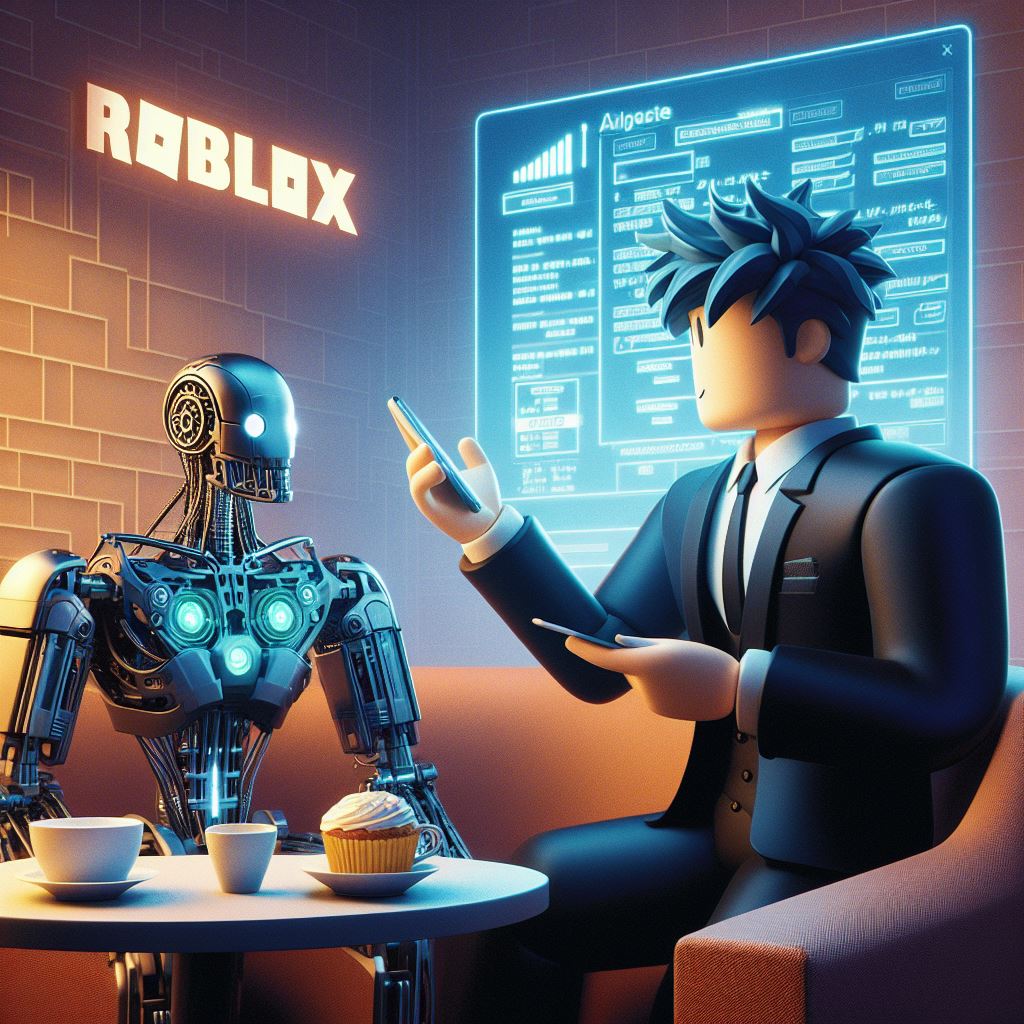
In the world of online gaming and virtual experiences, Roblox has just unveiled a revolutionary advancement: an AI model designed to translate text chats in real-time. This latest development from the platform, known for empowering users to create, share, and play games and experiences, promises to seamlessly bridge language barriers during gameplay.
According to Roblox, their newly introduced 'custom multilingual model' operates with such efficiency that users won't even perceive the difference when chatting with someone using a different language. This innovative system boasts an impressive reduction in latency, clocking in at approximately 100 milliseconds.
Unlike previous AI translation solutions, Roblox's in-house developed large language model (LLM) goes beyond mere translation. It is programmed to recognize and interpret in-game slang and abbreviations commonly used by players, such as 'obby', 'afk', and 'lol'.
Supporting a total of 16 languages including English, Japanese, French, Polish, Vietnamese, and Thai, among others, this advanced LLM facilitates seamless communication across diverse linguistic backgrounds. While filtering out banned and curse words, users have the option to view the original message by simply tapping an icon next to the player's name.
In a recent interview with The Verge, Roblox's Chief Technology Officer, Dan Sturman, emphasized the rationale behind developing their proprietary AI model. Sturman highlighted the scalability of their project, indicating that relying on third-party solutions wouldn't adequately meet their evolving needs.
Looking ahead, Roblox envisions further enhancements leveraging AI technology. Plans include substituting banned words in real-time with permissible alternatives and introducing voice translation capabilities. Additionally, the company is exploring automatic translation features for text appearing in images, textures, and 3D models within the platform.
Alongside this technological breakthrough, Roblox unveiled a suite of new tools at its developer conference last year. These tools empower users to customize their avatars by adjusting size, shape, and texture, and even import their own 3D models and images, further enriching the immersive experience offered by the platform.